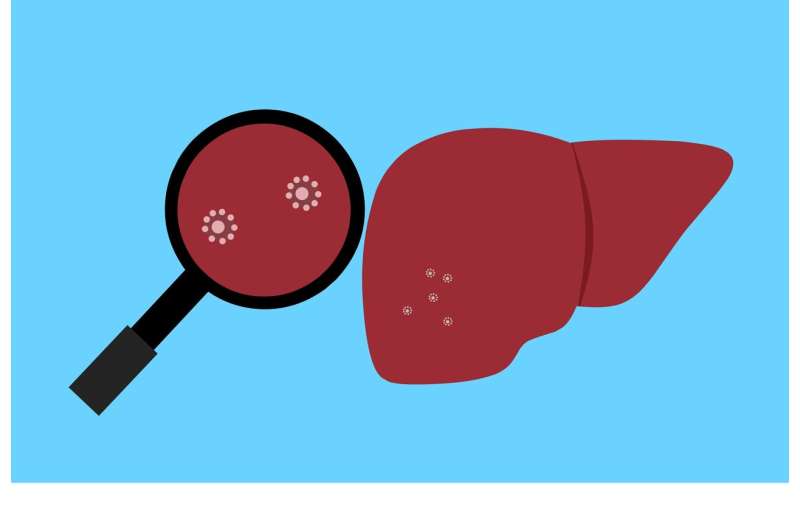Innovative Microfluidic Device Achieves 90% Efficiency in Detecting Cancer Cells in Blood

A new microfluidic device developed by Japanese scientists can detect circulating tumor cells in blood with over 90% efficiency, paving the way for early and minimally invasive cancer diagnosis.
Recent advancements in microfluidic technology have enabled the development of highly sensitive diagnostic tools for cancer detection. Researchers from Chiba University in Japan have engineered a novel microdevice that can capture circulating tumor cells (CTCs) from blood with over 90% efficiency, even at high flow rates. This device utilizes microcones, fabricated on polycarbonate sheets via thermal nanoimprint lithography, which are coated with antibodies targeting specific cancer cell markers.
The microcones, approximately 30 micrometers in size and arranged in a hexagonal pattern, enhance the capture of CTCs by exploiting surface chemistry and morphology. By controlling the orientation angles of these microcones, the team optimized the device’s performance, achieving consistent capture rates for breast and lung cancer cells. Notably, when the microcones were angled at 15° or 30°, the capture efficiency remained above 90%, highlighting the importance of microstructure arrangement.
The device's microchannels enable the flow of blood samples, with captured cancer cells remaining immobilized within the channels. Fluorescent dye staining confirmed the successful trapping and identification of cancer cells, which could be distinguished easily under fluorescent light. This approach offers a minimally invasive, cost-effective alternative to traditional cancer detection methods.
Professor Masumi Yamada and his team envision that this microfluidic system can be used not only for early cancer diagnosis but also for monitoring treatment efficacy and disease recurrence. By enabling reliable detection of CTCs from simple blood tests, this technology holds promise for improving cancer management and patient outcomes.
This cutting-edge research was published in the journal Lab on a Chip on May 28, 2025, and demonstrates a significant step forward in microfluidic-based cancer diagnostics.
Stay Updated with Mia's Feed
Get the latest health & wellness insights delivered straight to your inbox.
Related Articles
New Treatment Approach for Dizziness and Heart Race After Standing
Recent studies reveal that ivabradine, a heart failure medication, may provide significant relief for POTS patients by controlling abnormal heart rate surges, improving symptoms and quality of life.
Preventable Factors Play Major Role in Liver Cancer Cases, New Analysis Finds
Most liver cancer cases worldwide are caused by preventable risk factors like viral hepatitis, alcohol, and obesity, according to a comprehensive analysis. Urgent public health strategies could significantly reduce future incidence and save millions of lives.
Mediterranean Diet May Not Enhance Brain Health Across All Aging Populations
Recent research shows that while the Mediterranean diet promotes weight loss and metabolic health, its effects on cognitive function may vary among different aging populations. Longer studies are needed.
AI-Assisted Chest X-ray Enhances Diagnosing Achalasia
A new AI-powered approach utilizing plain chest X-rays offers a non-invasive, accurate method for early diagnosis of achalasia, potentially transforming screening and treatment outcomes.



